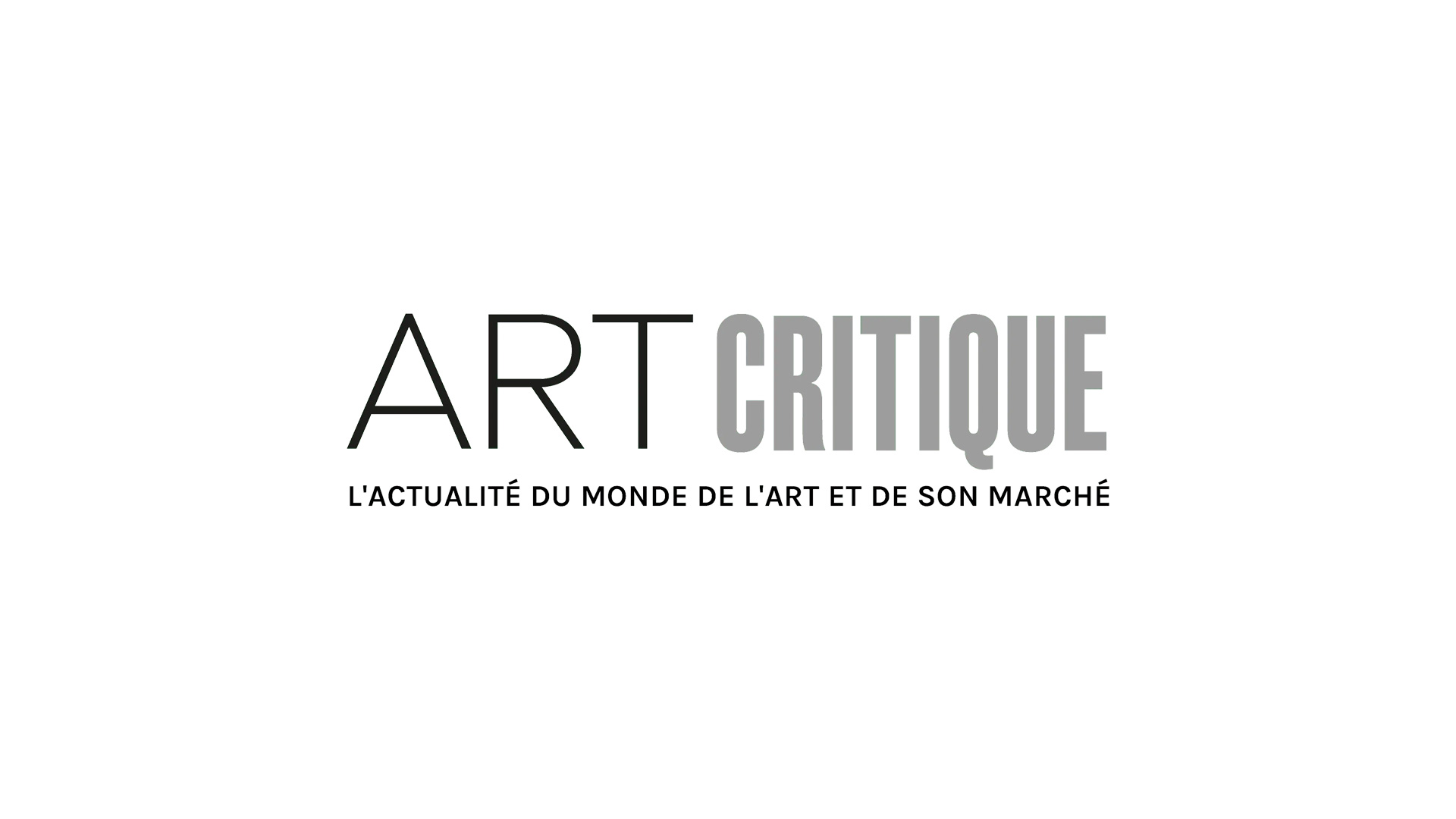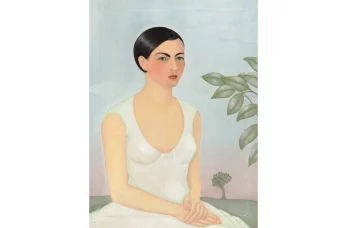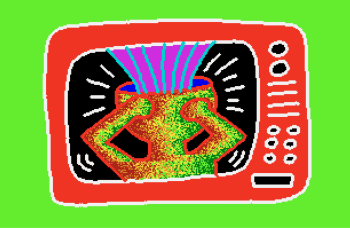Over the past two years, the ‘Yayoi Kusama: Infinity Mirrors’ exhibition, which just wrapped up February 17th at the High Museum in Atlanta, has wowed visitors at each of its six stops through North America. The exhibition made waves, too, as it broke attendance records during its run. While on show at the Hirshhorn Museum and Sculpture Garden in DC, the exhibition drew in nearly 160,000 visitors, which lead to the museum welcoming their one-millionth visitor for the year in October of 2017 – the first time the museum hit one-million yearly visitors in almost 30 years. Following the success and impact of the exhibition, the Hirshhorn has bought Kusama’s 2017 reimagining of Phalli’s Field, her legendary artwork that first debuted in 1965 and greatly impacted the art world.

In the early 1960s, Kusama could be found sewing thousands of stuffed tubers that she consolidated to create her Accumulation sculptures. Her installations resulted in scenes that bordered on hallucinations with phallic motifs repeated throughout. The work was arduous and taxing. This was when Kusama began toying with mirrors to create the same effect, if not more dizzying, with less of the labour. Infinity Mirror Room – Phalli’s Field was the first use of this technique and it took off. Utilizing mirrors allowed for a more interactive and provocative experience for the visitor. Kusama first exhibited the room, now famous, at the Castellane Gallery in New York as part of the ‘Floor Show.’
Kusama’s recent works and exhibitions have continued to intrigue visitors. Through her use of vivacious colours, lights, and mirrors Kusama’s installations transcend time and age. Not to mention they’re a huge hit on Instagram – #infinitymirrors has 118,000 posts to date.
This magnitude of visitor engagement that stems from Kusama’s artworks is one reason that museums seek them out. ‘The exhibition had such an impact on the museum, and we began to think about adding something to the collection,’ said Melissa Chiu, director of the Hirshhorn, which already owns three works by Kusama. The recently acquired Phalli’s Field is ‘art-historically important,’ continued Chiu and will compliment and fill-out the museum’s collection of works from the 1960s. Additionally, the work will attract visitors to experience the otherworldly artwork.

The Hirshhorn isn’t the first museum to have made this choice, either. Last year, the Art Gallery of Ontario used crowdfunding to acquire Kusama’s Infinity Mirror Room – Let’s Survive Forever. The Ontario gallery decided to ask the public to help raise the funds for the acquisition after more than 165,000 visitors came to see the installation. After a successful campaign, Let’s Survive Forever will come to its new home later this year.
The newest Phalli’s Field, acquired by the Hirshhorn from OTA Fine Arts – one of Kusama’s long-time dealers – for an undisclosed amount, joins two other editions of the work that reside at the Museum Boijmans Van Beuningen in Rotterdam and Paris’ Fondation Louis Vuitton. The work will debut at the Hirshhorn in 2020.





